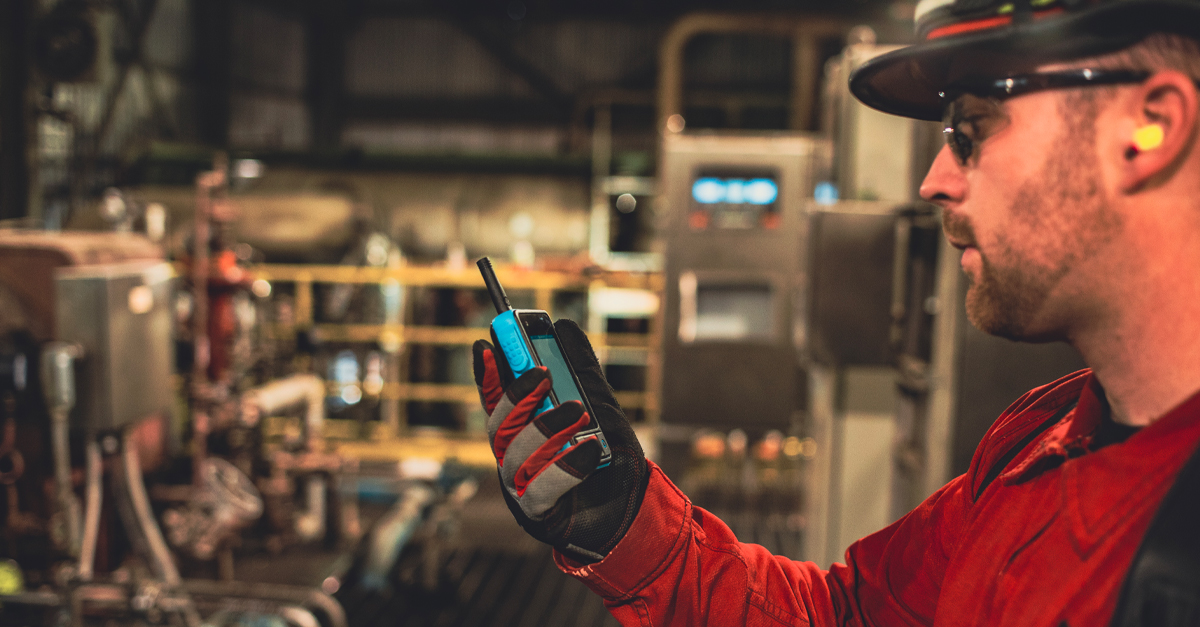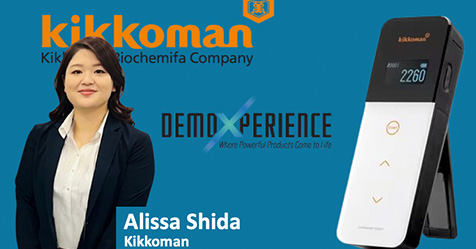Facility managers face relentless pressure to keep complex operations running smoothly while juggling competing demands from every direction. Building systems, such as HVAC, require constant attention to prevent costly breakdowns. Cleaning and maintenance schedules require strict adherence to keep facilities comfortable and hygienic. Employee safety protocols demand vigilant oversight, and organization leaders expect immediate answers when something goes wrong. These responsibilities become exponentially more challenging when teams operate in isolation from one another, creating communication gaps that turn minor issues into major crises.
Today, many facilities limit the distribution of communication devices, such as walkie-talkies or two-way radios, to a select few, typically managers and one or two key maintenance personnel. Consider what happens in a typical facility when this restricted communication access creates unnecessary challenges and bottlenecks during a critical operational moment.
Enhanced operational efficiency
Crises have a way of revealing the efficiency of a facility’s operations teams, and communication gaps undermine even the most capable teams. Restricting communication devices from frontline workers creates unnecessary barriers that can turn minor issues into major operational disruptions. Universal communication eliminates these self-imposed limitations by creating true alignment across all departments.
In addition, during routine operational days, traditional radio systems introduce inefficiencies by broadcasting messages to all users simultaneously. For instance, a maintenance request from a loading dock reaches security personnel, cleaning staff, and administrative workers with radios, who have no involvement in the issue. This constant stream of irrelevant information creates noise that workers learn to ignore, potentially missing critical communications when they need to respond the most.
Modern smart radio systems address this challenge through dedicated channels that enable targeted communication. Maintenance teams coordinate on their own frequencies, while cleaning crews collaborate on separate channels tailored to their specific needs. Emergency broadcasts can still reach everyone when necessary, but routine communications stay within relevant groups. This approach dramatically reduces radio chatter and eliminates information overload that plagues traditional systems.
The ability to capture and share photographic evidence with smart radios accelerates troubleshooting by eliminating the need for time-consuming walks across large facilities. Instead of describing a mechanical issue over an old-school radio, technicians can instantly document problems and share visual evidence with maintenance supervisors or remote support teams, enabling faster diagnosis and resolution.
Built-in transcription and dictation features also create accountability by maintaining permanent records of all communications. This system of record eliminates “he said, she said” disputes while providing documentation for compliance and training purposes. Supervisors can review communication logs to identify areas for process improvements and ensure that workers follow established protocols.
Improved reliability and safety
Communication forms the backbone of facility safety, yet many organizations underestimate how disconnected teams compromise worker protection and equipment reliability. When communication gaps exist, hazards go unreported, incidents escalate unnecessarily, and response times stretch beyond acceptable limits.
Simple to learn and use, smart radio devices empower every worker to become a safety sentinel. Floor personnel can immediately report spills, equipment malfunctions, or potential hazards without having to leave their stations to find a supervisor. This instant reporting capability prevents minor issues from becoming major incidents that threaten the safety of facility inhabitants.
Real-time translation capabilities eliminate language barriers that historically compromise safety communications. When a Spanish-speaking maintenance worker needs to report a gas leak, for example, artificial intelligence (AI) translation ensures the message reaches supervisors in their preferred language without delay or misinterpretation.
Connected floor workers
A prominent U.S. clothing producer faced a critical challenge managing operations across two connected distribution facilities totaling one million square feet, with approximately 600 staff members relying on legacy communication infrastructure that restricted connectivity to roughly 50 units on limited shared frequencies.
The manufacturer deployed more than 200 smart radio units throughout various operational areas, expanding the workforce’s communication capabilities, which led to dramatic improvements. Teams created dedicated communication channels tailored to distinct operational functions, including distribution operations, processing, facility maintenance, and security. This inclusive communications strategy dismantled traditional communication hierarchies that previously restricted advanced tools to management personnel only.
By providing communication equipment to floor-level employees who had previously never had access to such resources, workforce engagement changed overnight as individuals felt more empowered. The manufacturer documented measurable increases in employee initiative and operational accountability, illustrating how technology investments can elevate both operational performance and workplace culture.
Equalized access to communication
Smart radio communication devices deliver measurable returns through enhanced safety, streamlined coordination, and improved engagement, which far exceed the annual costs of the technology itself. When every employee has equal access to communication tools, disproportionate distinctions between “connected” and “disconnected” workers disappear, fostering genuine workplace equality. This technological democratization creates more inclusive environments where diverse voices contribute meaningfully to a facility’s success. The question is not whether universal communication systems justify their cost, but whether facilities can afford to maintain outdated approaches that limit human potential and compromise operational excellence.



